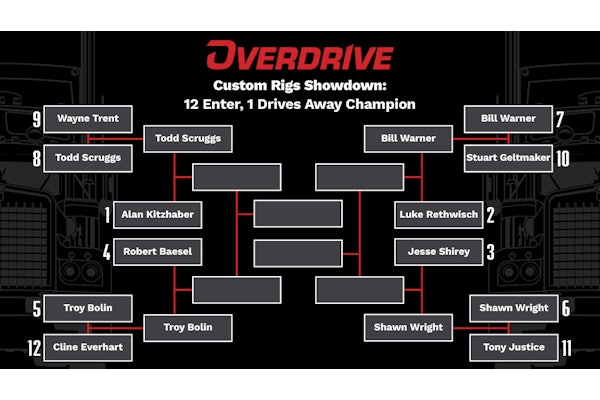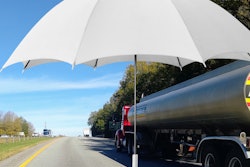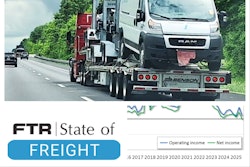Mexico is a funnel-shaped country that gradually rises from the flat deserts of the north to mountains over 10,000 feet as you move south to Mexico City and beyond.
If you drive about six hours farther south than Mexico City, you enter Oaxaca, a state known for its high concentration of native people. Some of them don’t speak Spanish; they only speak the same languages they’ve been speaking for thousands of years before the Spanish Conquest of 1521. But in Oaxaca, as in the rest of Mexico, most of the people you’re likely to encounter are an ethnic mix of Spanish and native.
One of these people, truck driver Isaias Cruz Hernandez, lives in the mountain village of Benito Juarez (population 750). He says he has never heard of the North American Free Trade Agreement. But the idea of driving across the border into the United States clearly excites him. “Right now, I have no money to give my family,” he says.
Hernandez was an over-the-road truck driver for 20 years before January, when he began a one-year, nonpaying term as chief of police of the village. When his term is up in December, he will return to the road.
He drives for his brother’s company, Fruitas Cruz, which hauls oranges, onions, tomatoes, green chilis and maguey, a plant used to make the famous local firewater called mezcal.

A common run for Hernandez is Guadalajara to Monterrey, a 20-hour drive which pays him 1,000 pesos, about $96.
As a teenager in the 1970s, Hernandez crossed the border to find a job. He worked on a farm in California for seven years before returning to support his family in Mexico.
Hernandez now has a 23-year-old daughter with the same ambition. She lives in the state of Sonora, near the Arizona border. She desperately wants to cross the border, but can’t find a way to do it. Her father says the border has tightened since the 1970s, when it was easy to cross. He estimates that about 50 people from his village have emigrated to the United States in recent years.
“This job as police chief pays nothing,” he says. “Luckily, my daughter in Sonora is working and can help the family.”
Hernandez says he did not know that the U.S. and Mexican governments had agreed to open the border in a 1994 treaty. But the idea of driving into the United States puts a spark in his eye. He takes out a picture of the 1997 International that he drives, complete with a bunkbed in the sleeper. He says he would like to drive it into the states, maybe even as far as Alaska.
Returning to the village has been tough at times, he says. Living far from his family and earning no money have put a strain on him. Fortunately, the village has the feel of an extended family. Kids refer to him as their uncle even when there is no genetic relation.
The village square consists of a paved, full-length basketball court. The kids have this Friday off because of a teachers’ meeting, and they shoot baskets and talk of how Kobe Bryant and Allen Iverson played in the NBA All-Star Game. They watch NBA basketball on television every Sunday. One of the village’s biggest events of the year is a December basketball tournament, in which teams of various ages compete against teams from other villages, with hundreds of locals watching.
A 14-year-old kid, a “nephew” of Hernandez, says he got a girlfriend because of his performance in the championship, in which he scored eight points but also broke a collarbone.
A half-mile from the basketball court and Hernandez’s police-chief perch is the home where he grew up and now lives again. He grows corn on a small farm in front of his house. On a dirt patch he has built a rickety basketball hoop out of a piece of metal. The basket looks smaller than any basketball, perhaps the reason he is a pretty mean shot. “This is where I practice,” he says. Winning next year’s basketball championship is one of his dreams. Returning to America in a truck is now another.









